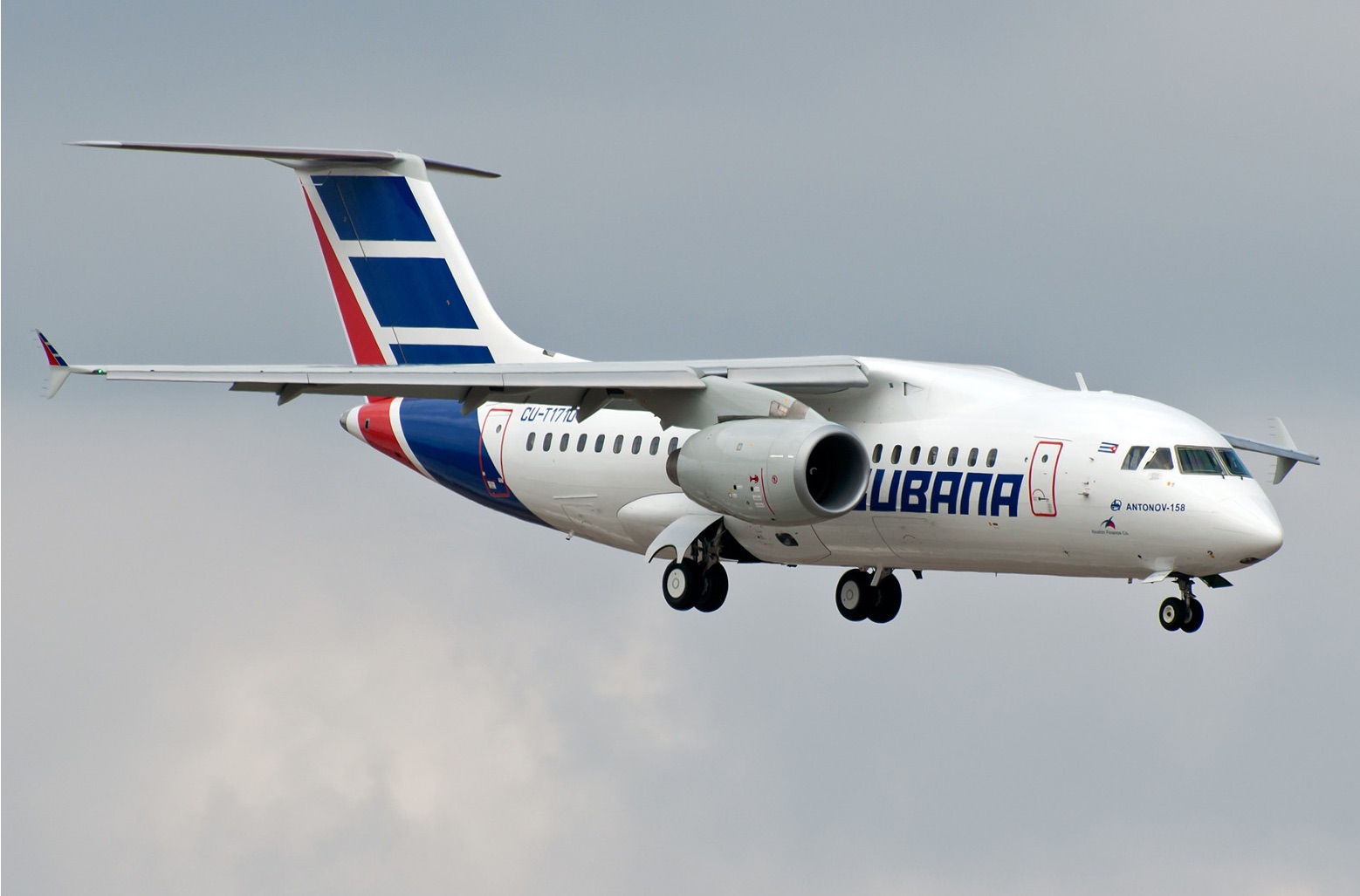The communist kinship between Russia and Cuba may have soured after the breakup of the Soviet Union, but the geopolitical advantage of keeping Cuba happy is too much to ignore. Thus, Russia is helping Cubana get back on its feet.
Last summer, I wrote about the problems facing the beleaguered state-run carrier. After a crash last summer killed everyone onboard, Cubana immediately grounded its domestic fleet, citing concerns over airworthiness. The aircraft that crashed was not an old Russian bird, but a 39-year-old 737. Only one passenger survived the crash, which killed 112 passengers and crew members.
Repair The Ilyushins, Tupolevs and Antonovs
Cubana will remain a “paradise” for vintage and unique aircraft, as the Russians will only be helping Cubana repair and rebuild existing aircraft, not acquire new ones.
Russian Deputy Prime Minister Yuri Borisov told a Cuban news agency:
Everything has passed to the practical stage and I consider that the Cuban fleet will be re-established in 2019. We agreed in the future to work on creating a services center in Cuba dedicated to the aviation fleet in order to avoid a repetition of a negative situation.
Russia will also invest in Cuba’s outdated rail system. A proposed high-speed line between Havana and Varadero represents the biggest potential infrastructure investment in Cuba in several decades.
CONCLUSION
The thought of returning to Cuba to fly on older Soviet aircraft still intrigues me. A more important practical matter, though, is that Cubans need domestic air transport. At least this is one way to hopefully bring back reliable air service.
> Read More: The Airline of Mystery – Cubana de Aviación
> Read More: Accused of Being An American Spy in Cuba!





What’s the availability of parts for these older Soviet aircraft? A one-time facelift of the Cubana fleet isn’t going to do much if there’s no sustainable logistics support system beyond the initial repair. Further, should they need to fabricate new parts, at what point is Russia throwing good money after bad? The ROI on establishing a new logistics and/or manufacturing footprint has got to be prohibitively costly. None of this seems to make financial sense to a semi-layman, even with the added political “benefit” of maintaining close coordination and cooperation.
The train, though, is cool. I totally support that. How embarrassing for the US that Cuba could have legitimate HSR first. Let’s be real, Amtrak Acela is NOT HSR.
You said nobody survived the crash, but then say there was one survivor?
I’m sure the middle class Canadian and Western European flying public that are Cubana’s primary consumers will enjoy the fact that their flights to Cuba will be subsidized by much poor Russian taxpayers.